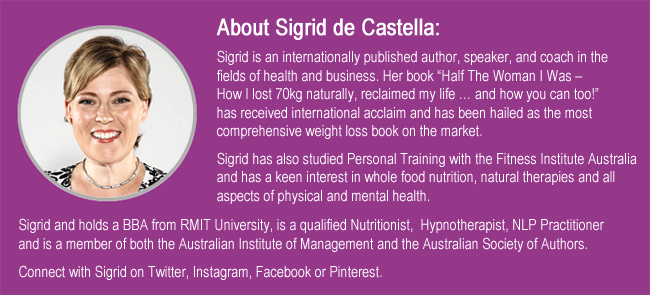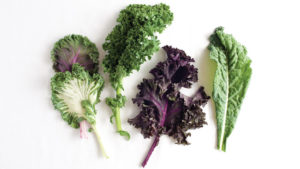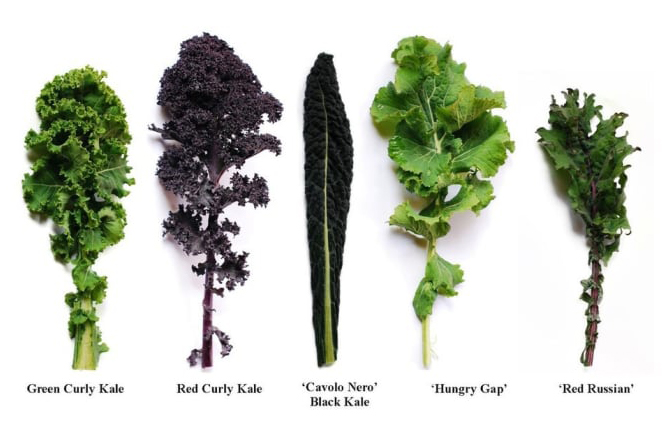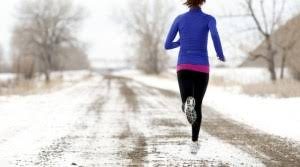When doing an hCG diet there’s no need to go to a retreat like the movie stars anymore. You can do the program easily at home – it just takes some planning.
Why You Need To See A Doctor
First you need to work with a coach like @hcgdietprogram – it will make all the difference to your results. They also organise the compound pharmacy hCG drops for you. This is because hCG is not normally #prescribed by doctors, and it’s not on the PBS either. So an hCG coach will organise a phone or skype appointment for you with a referred #doctor and your script will go straight to the pharmacy.
How To Get hCG Drops
Two days before your start date the pharmacy will prepare the drops and have them shipped to you overnight in an ice pack. The hCG hormone is actually very fragile and expires very quickly – it needs to be kept cold and in the fridge. Generally a 40 day bottle will only last 43 days from preparation.
How to Take hCG Drops
Once you get your drops, on your start day the measured amount simply goes under the tongue for 10 mins before swallowing, at 12 hourly intervals with nothing to eat or drink for at least an hour afterwards.
The diet itself consists of 3 phases …
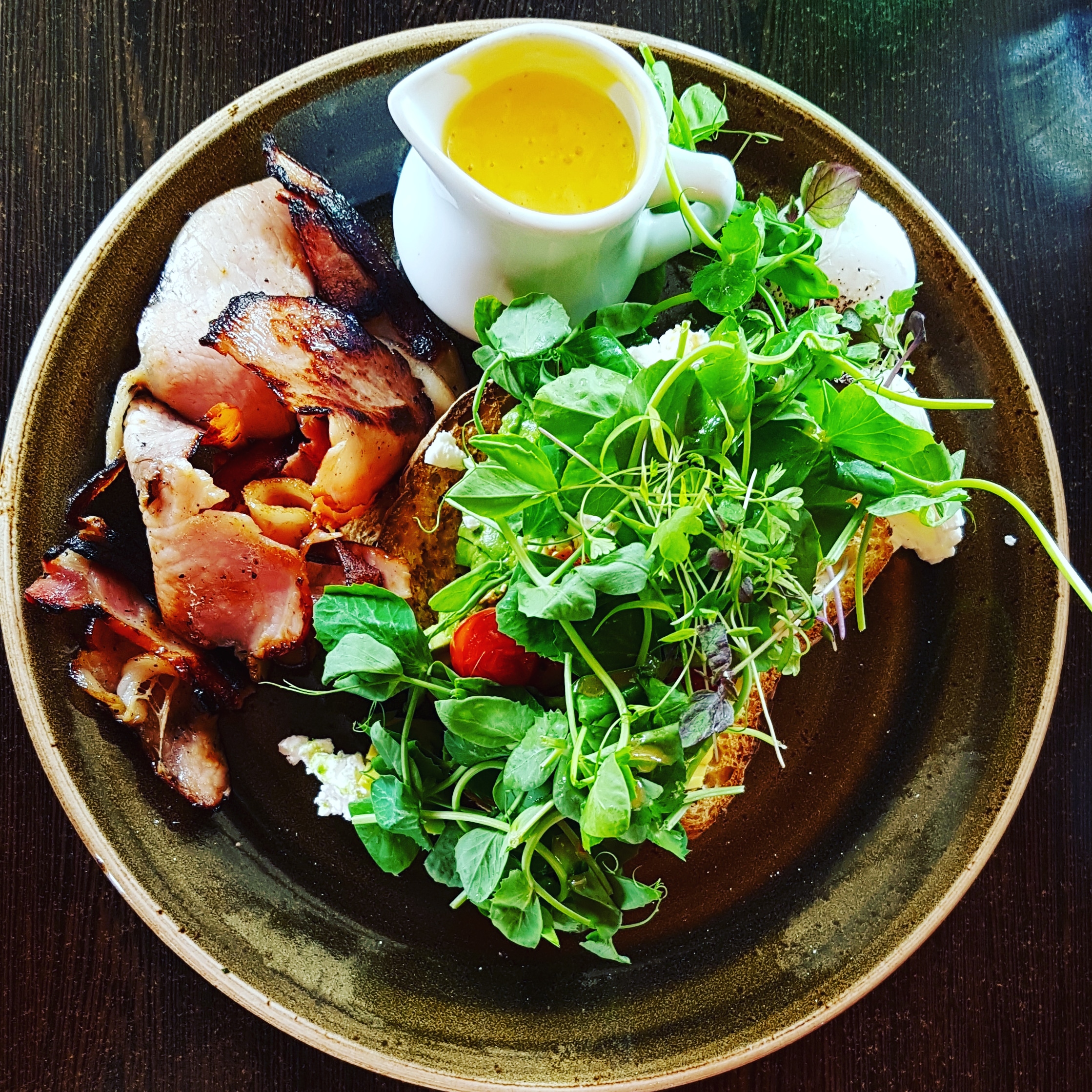
hCG Phase 1: 2 Days
Phase 1 is two days called Gorge Days – it’s the most fun because you get to clean out your pantry of all those things you’re not going to be allowed to eat. This is also your time to handle any #cravings you might foresee – chocolate, peanut butter, avocado, even a burger!
You want to focus on lots of high fat foods and complex carbs whilst still trying to keep things like flours, wheat and refined sugars to a minimum. You can also drink alcohol in this phase. Yay!
The aim is to calorie load and you should see a slight weight gain over the coming two days on the scales. This is a critical phase, and those who don’t #gorge properly or put weight on during the gorge days will not be able to do a full round or lose much weight – their body goes into starvation mode early.

hCG Phase 2: 38 to 78 Days
Phase 2 of HCG (Days 3 to 40, or 3 to up to 80) is where your results will shine, but it’s also the most challenging. This is because the ‘allowed’ foods you can have are actually very limited and there’s no fats of any kind in your food or even on your skin allowed
This is because hCG is designed to mobilise the stored fats in your body. So if you at or use fats, that’s less fat that you’ll burn through and less weight loss. Naturally the choice is ultimately yours, but if you’re wanting great results then you stick to the plan, right?
By Day 3 you shouldn’t be hungry, you’ll be well fed from the previous two gorge days. In fact you’ll probably find it hard to actually eat your required 500 to 600 calories a day – trust me!
Most people on hCG skip breakfast – there’s no coffee allowed but you can have herbal tea or lemon and ginger in hot water. Pure Stevia is the only sweetener that’s allowed.
As I’ve said before I intermittent fast until 1pm, so that’s when I have lunch – 100g of cooked lean protein (chicken breast, prawn meal, lamb fillet, skinless white fish or two cooked eggs) and up to 200g of an allowed vegetable – think spinach, broccoli, Chinese greens, zucchini, asparagus or cauliflower.
To these I add ‘seasonings’ like bone broth, onion, celery, ginger root, lemon juice, or spices and herbs to make things more interesting. Varying your diet as much as you can and plating it up so it looks appealing is the key.
Dinner is pretty much the same scenario which I have about 7pm.
The only other additions are the inclusion of a piece of allowed fruit as a snack – 100g of unsweetened apples, strawberries, blueberries, orange or grapefruit (usually raw, but sometimes warmed) up to twice a day.
You can check out my recipes on my Instagram account or Facebook page.
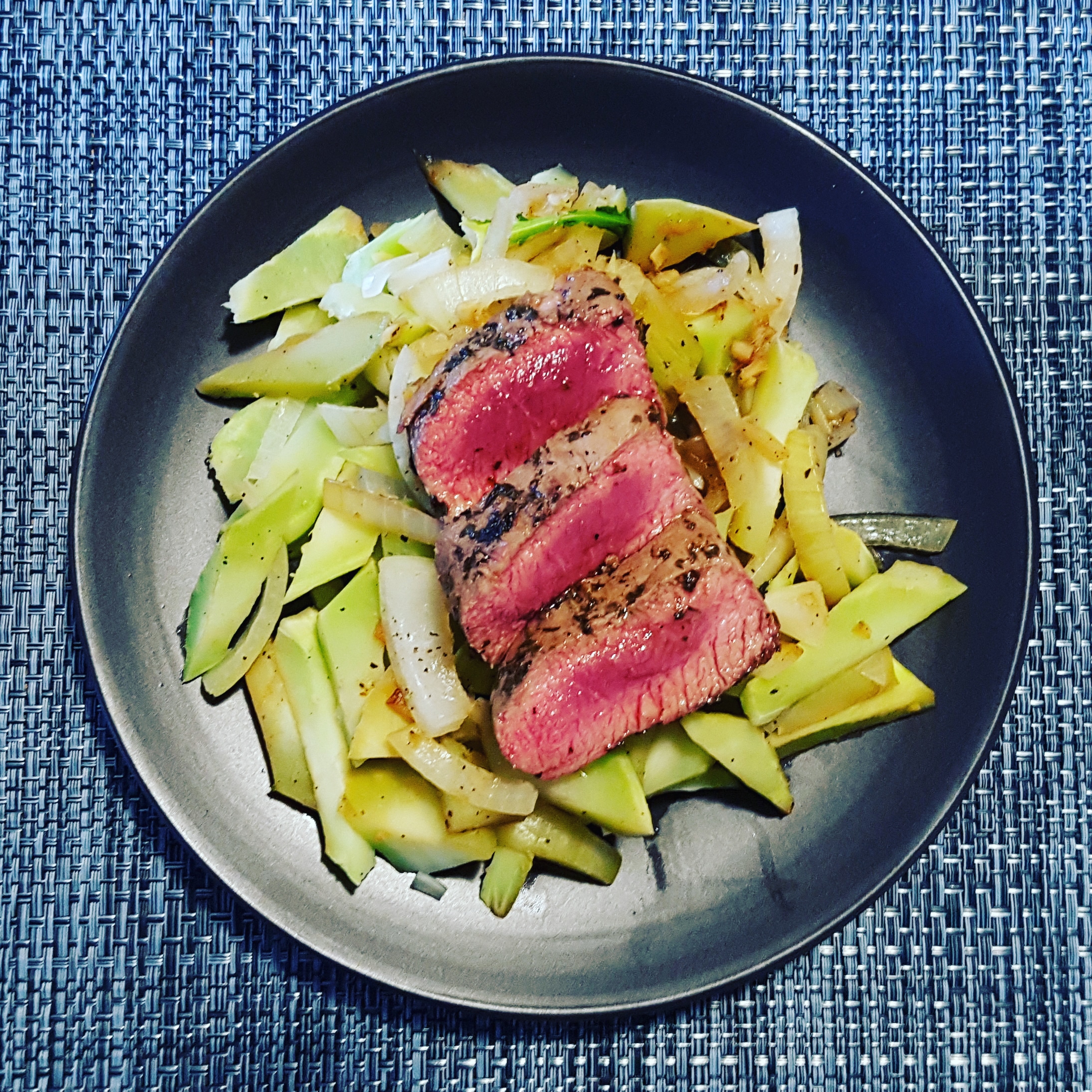
What’s Not Allowed on hCG
So what’s not allowed on Phase 2 of hCG (Days 3 to 40, or 3 to up to 80)? Sadly a lot.
Firstly it’s a low sugar diet, so not only can you not consume any refined sugar (which means no packed or fast food or takeaway and generally no eating out) it also means that you can’t have any high GI vegetables as they contain a lot of natural sugars that will inhibit your results.
So sweet potato, pumpkin, squash, potatoes – anything starchy is out. Also green beans, beets, carrots, peas, corn, snow peas, parsnip, artichoke – they’re all out. And if you’re following the auto-immune version of hCG offered by @hcgdietprogram then you’ll also be avoiding nightshades like eggplant and tomatoes.
Sound too restrictive? It is if you want to get the results! And it’s not forever. But these restrictions mean that the hCG diet is actually perfect for those with fructose mal-absorption, irritable bowel (IBS) and chronic illnesses or auto-immune diseases like Adrenal Fatigue Syndrome (AFS), Chronic Fatigue Syndrome (CFS), fibromyalgia and even arthritis conditions.
Fruit-wise, due to its high fructose content compared with vegetables, most are of the list with the exception of apples, oranges, lemons, limes, grapefruit, strawberries (these become your friends) and the occasional blueberry. That’s it.
By far the biggest thing I missed are healthy high fat foods like raw nuts, avocados, olive oil and coconut oil – they’re off the menu too. As are any grains, chia, teff or anything remotely grainy – mostly because they’re full of starch which quickly turns to sugar restricting your weight loss.
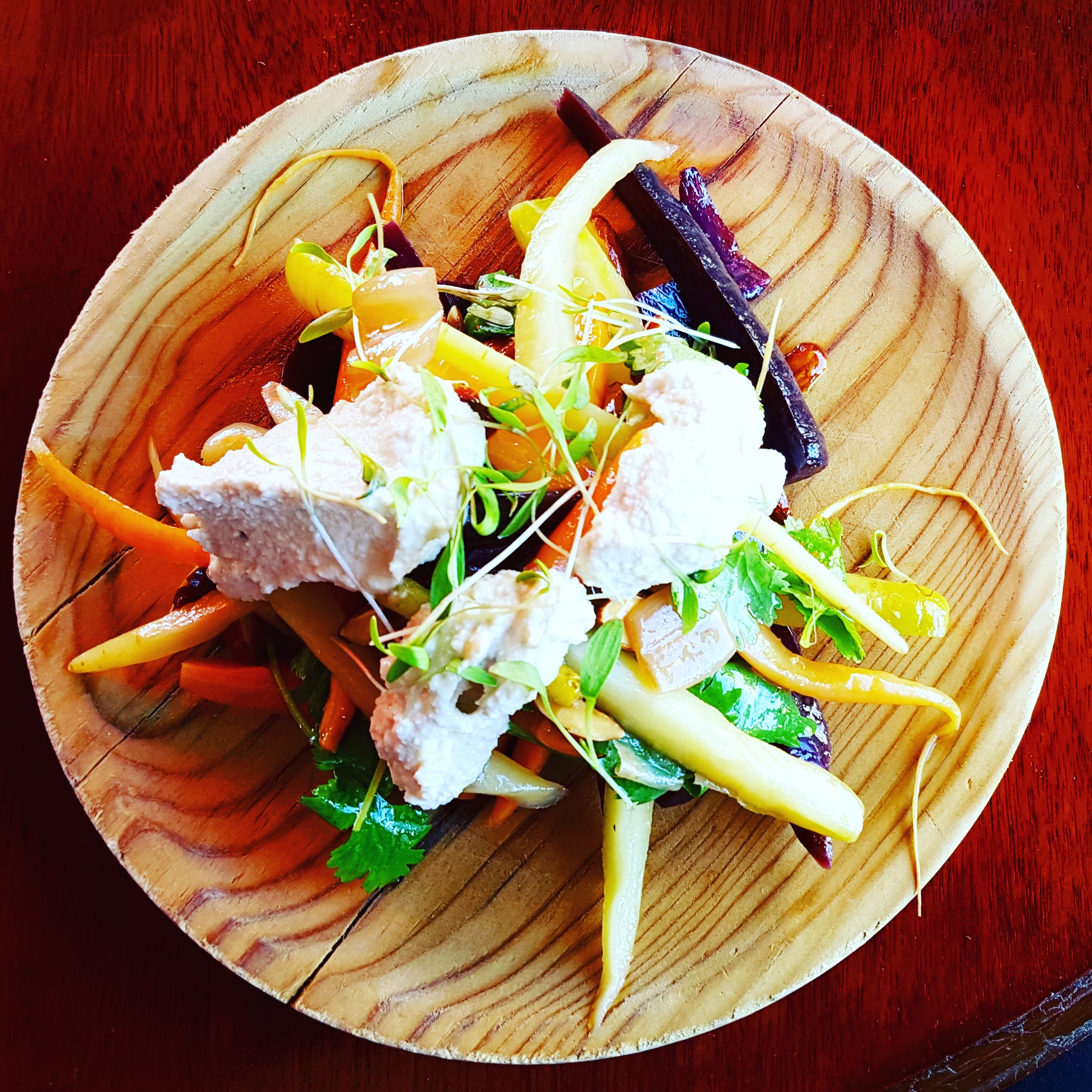
hCG Phase 3 – Maintenance: 21 Days
Maintenance is the critical 3 week period where you get to reset your body’s set point for its weight. This next phase is almost more important that the hCG Phase 2 because if not done properly, your body will try to go back to its original weight.
So strict calorie control is still in force, although calories gradually increase from 500 per day to around 1200 over a few days as you come off hCG drops and your body has to learn to regulate its new weight. And unless you’re an intermittent faster, the number of meals can increase from 2 to 3 per day.
Importantly in Phase 3 you can sate those cravings with the addition of fattier seafood like salmon, sardines, tuna, trout, John Dory, flounder, whiting, crab, muscles, oysters, scallops and squid (calamari). Meats like duck, turkey, goose, pheasant, quail, lean beef, kangaroo, pork and venison are also allowed. But no processed or deli meats allowed. You still need to focus on ingredients that are ‘one ingredient’ foods (i.e. in their natural state) before you prepare them.
On the vegetable front additions to the Phase 1 list apart from avocado include artichokes, leeks and olives (which is a fruit anyhow). So not much change on the veggie front, except you triple your vegetable volumes and can combine your vegetables, which makes a nice change.
It’s the same for fruit, and whilst almost any fruit is now allowed dates, bananas, mangoes, melons, grapes and guava are not due to their high sugar (fructose) contents. So think raspberries, blackberries, boysenberries, kiwifruit, pears and stone fruit like peaches, nectarines and plums. But 100 grams of fruit twice per day is the maximum you can have.
The most exciting additions to Phase 3 Maintenance are healthy fats. This means you can go back to a LCHF (Low Carb high Fat) diet that is also paleo-ish in nature. Dairy is now included (OK this isn’t strictly paleo), so real grassfed butter, mayonnaise, milk, cream and cheese is allowed, although when following an anti-inflammatory diet dairy should still be minimised.
Oils like olive oil (cold pressed EVOO), raw coconut oil and even avocado oil are all back in so salad dressings become much more appealing. There’s also raw (activated) nuts like almonds, walnuts, cashews, pepitas, sunflower seeds, and coconut, although restricted to the equivalent by volume of 12 almonds a day total.
There’s still no processed foods while you’re on Phase 3 Maintenance, and to be truthful these foods should form much less than 10% of your total diet anyway. So there’s no sugar, corn, rice, wheat, flours, grains or cereals allowed. And no legumes. They’re not paleo anyhow.
As for other paleoish favourites like chia, teff, amaranth, sorghum and buckwheat they’re also off the menu until after Phase 3. This is because they’re too high in starch (which easily converts to sugar) and the body won’t successfully be able to reset your new lower set point for your body weight.
But there’s good news for the sweet tooths too … a small amount raw cocao powder and cocoa nibs are allowed and it’s best to continue using pure Stevia, SteviaSlim or the allowed fruits for sweetening where required. This means there’s plenty of raw sweet treats now able to be crafted to sate that sweet tooth, which should now not be quite so sweet thanks to retraining your palate and voiding your body of the effects of candida. Although, having said that it’s best to avoid getting too creative in order to give your body the best chance of resetting its set point. You’ve worked so hard for it after all!
Basically from the allowed foods it’s important to eat what you want when you want it, but it crucial to eat only when you’re hungry. So learning to listen to your body for when you’ve had enough is key.
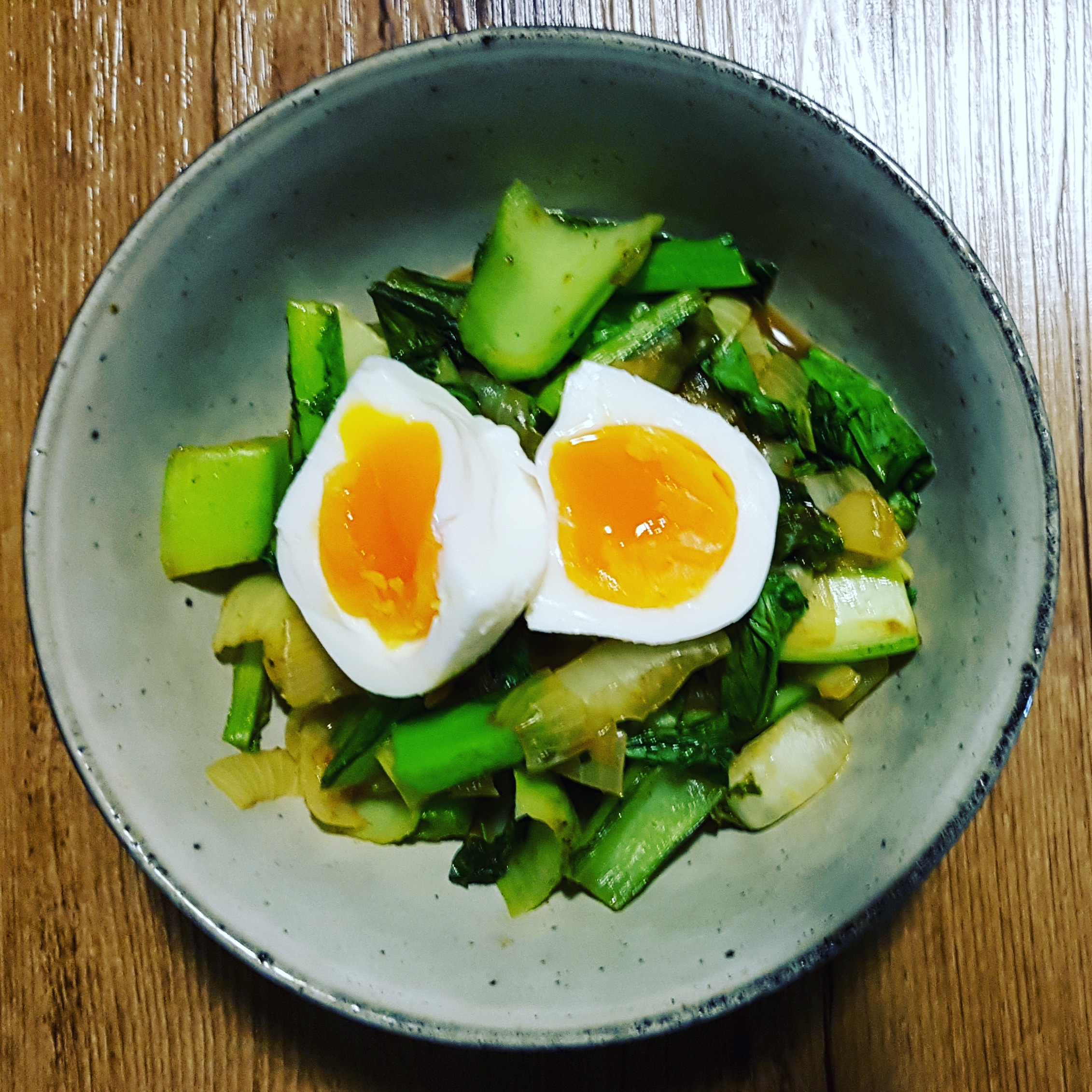
The hCG “Steak Day”
Despite all good intentions, you might find a small weight increase during this phase as your bowels fill back up. So you still must perform a weigh-in every day and monitor this. And if your weight exceeds more than 1 kilogram (2.2 pounds) above your lowest on the hCG Program then you must immediately perform what’s known as a Steak Day.
A Steak Day is where you skip breakfast and lunch and then eat a huge steak for dinner with only either a raw apple or a raw tomato (not for anti-inflammatory diet). You still drink the same amount of water to flush everything out. But following your steak day, you should see your weight drop again back within the 1kg (2.2lb) range.
Summary
If you’re wanting to shed that excess weight fast, and you’re ready and willing to commit to some serious self-imposed hibernation in terms of your social life, then hCG is a great solution. It’s quick, easy, painless and there are no negative side effects.
But having said this, the only hCG therapy that works is one prescribed by a medical Doctor, and dispensed by an approved compound pharmacy. Anything else is just an imitation, can cause serious side effects, and means you won’t get real lasting results.
Want to Know More?
Private message me on one of my social media channels, or head to hcgdietprogram.com.au and reach out to Cindy Marr, my coach.
#hcglunch #hcgdinner #hcgprorgam #hcg #hcgrecipe #glutenfree #grainfree #sugarfree #dairyfree #painfree #weightlosstransformation #spooniediet #adrenalfatigue #fibromyalgia #afs #chronicfatigue #weightloss #weightlossrecipes #paleorecipe #lowcarb #foodismedicine

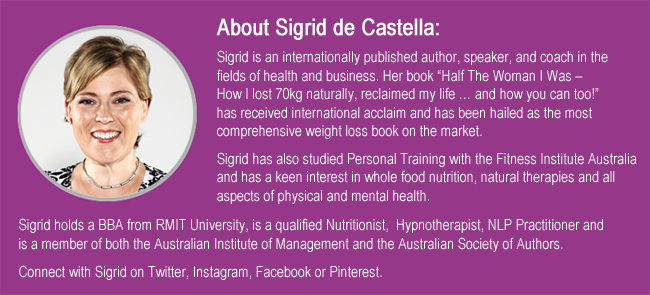
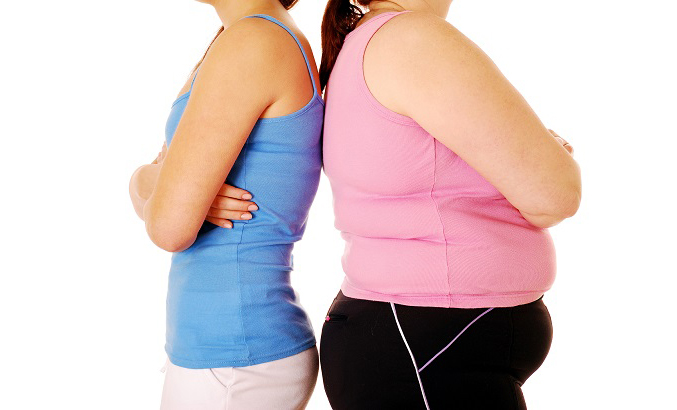





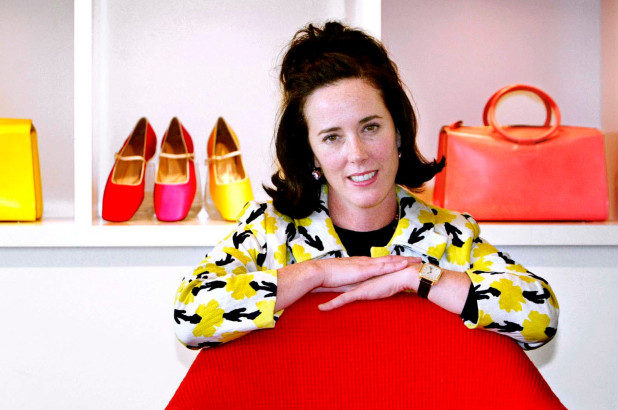


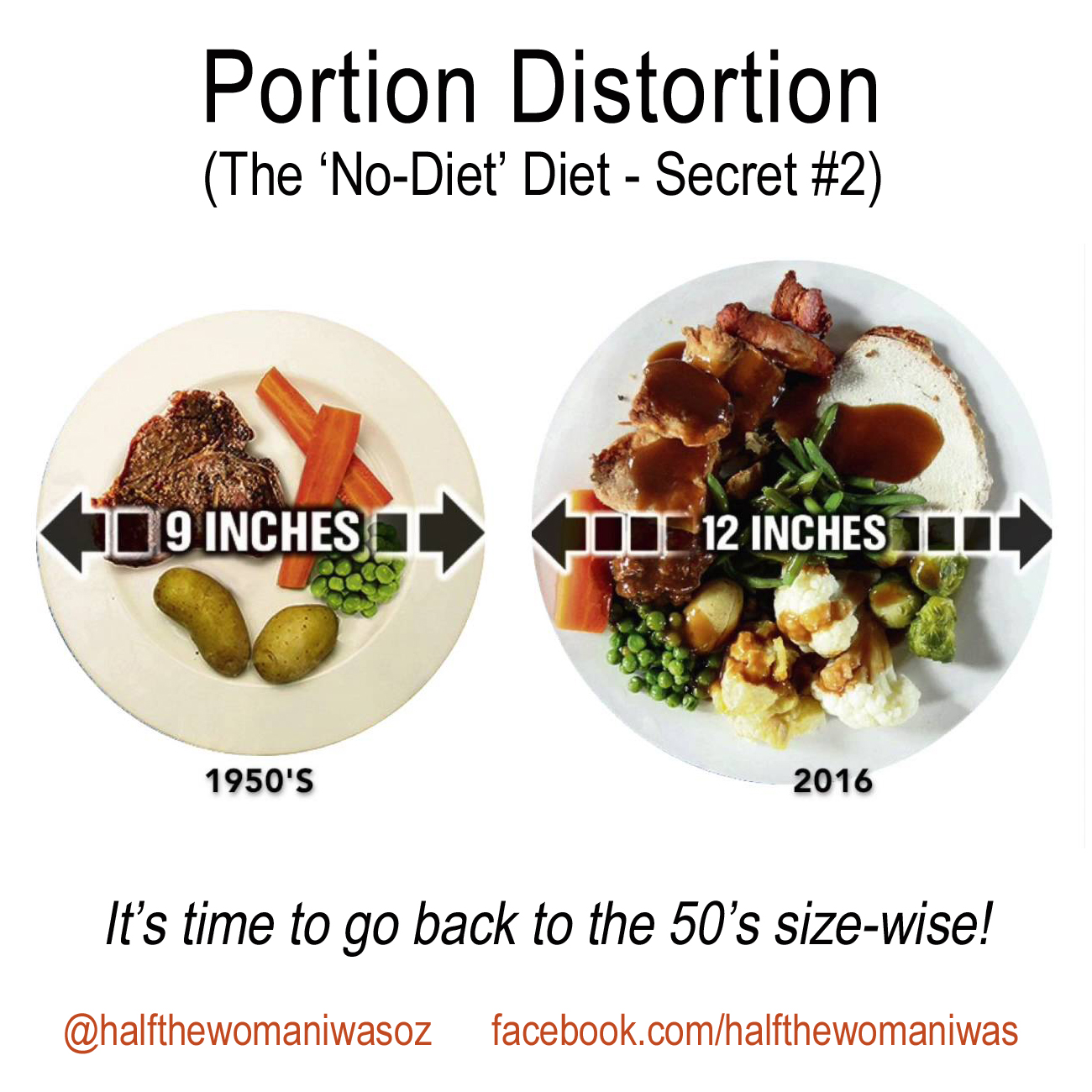
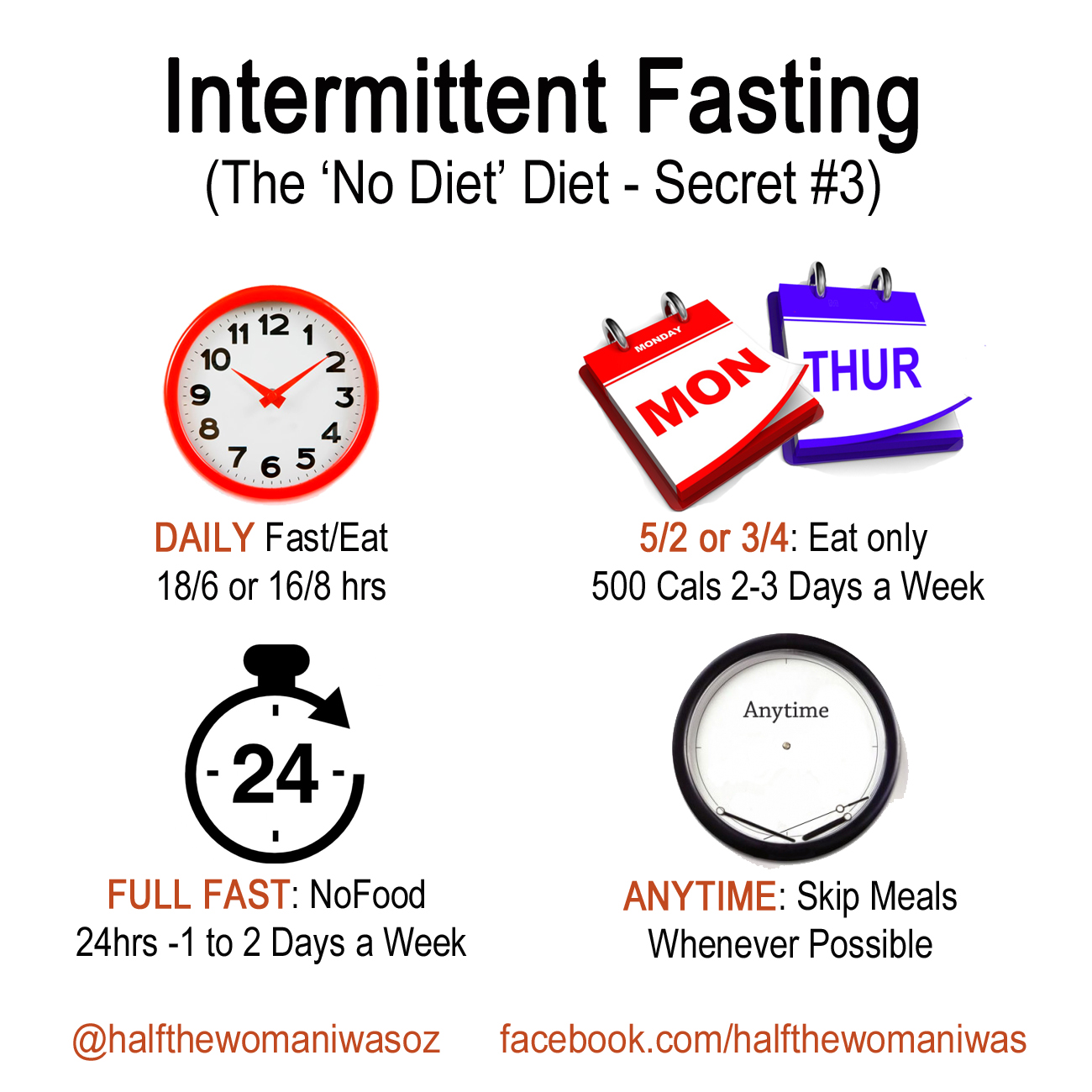
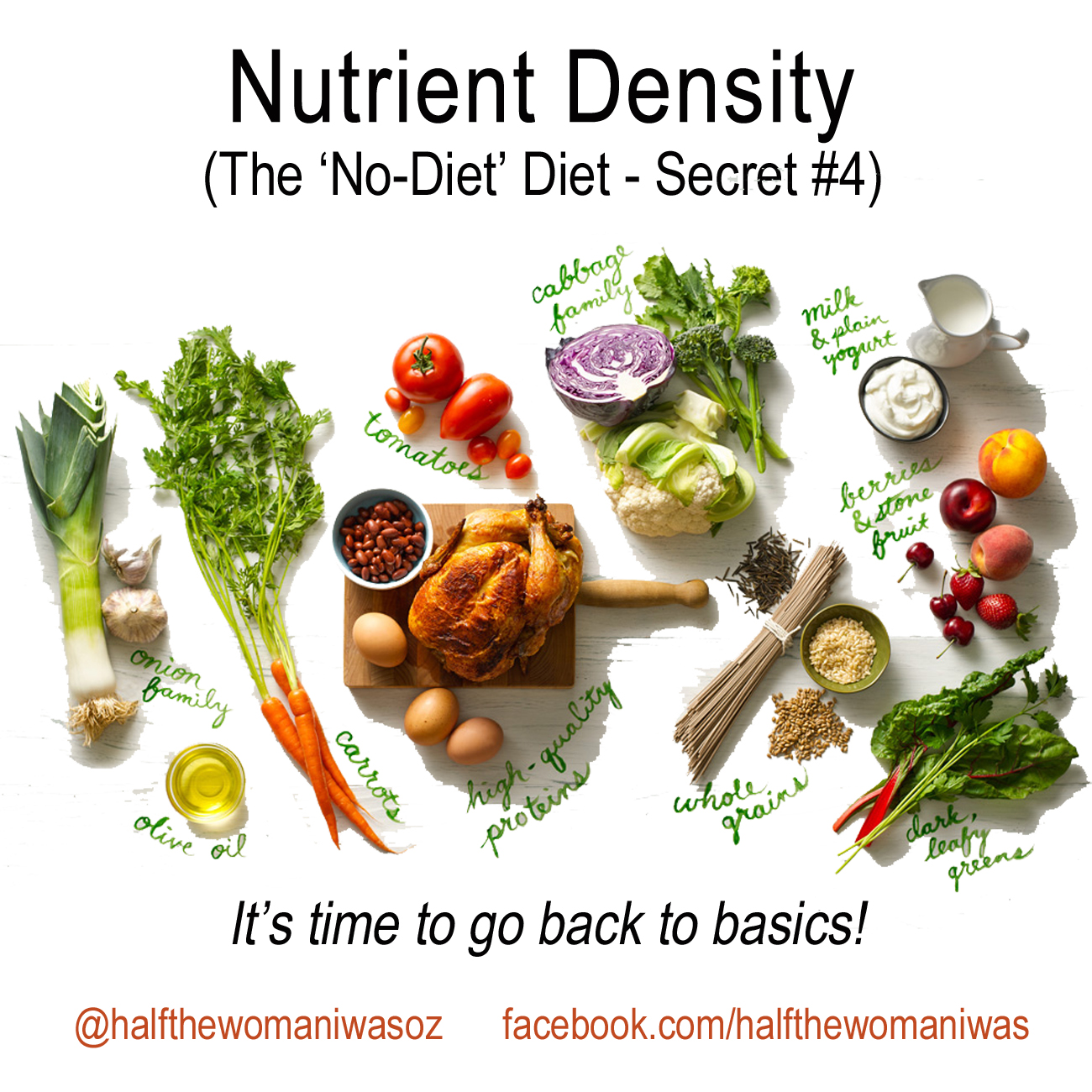






 This is probably the most important post I’ve even written. But it comes with a WARNING: only read this if you’re wondering what might be preventing you from losing weight.
This is probably the most important post I’ve even written. But it comes with a WARNING: only read this if you’re wondering what might be preventing you from losing weight.